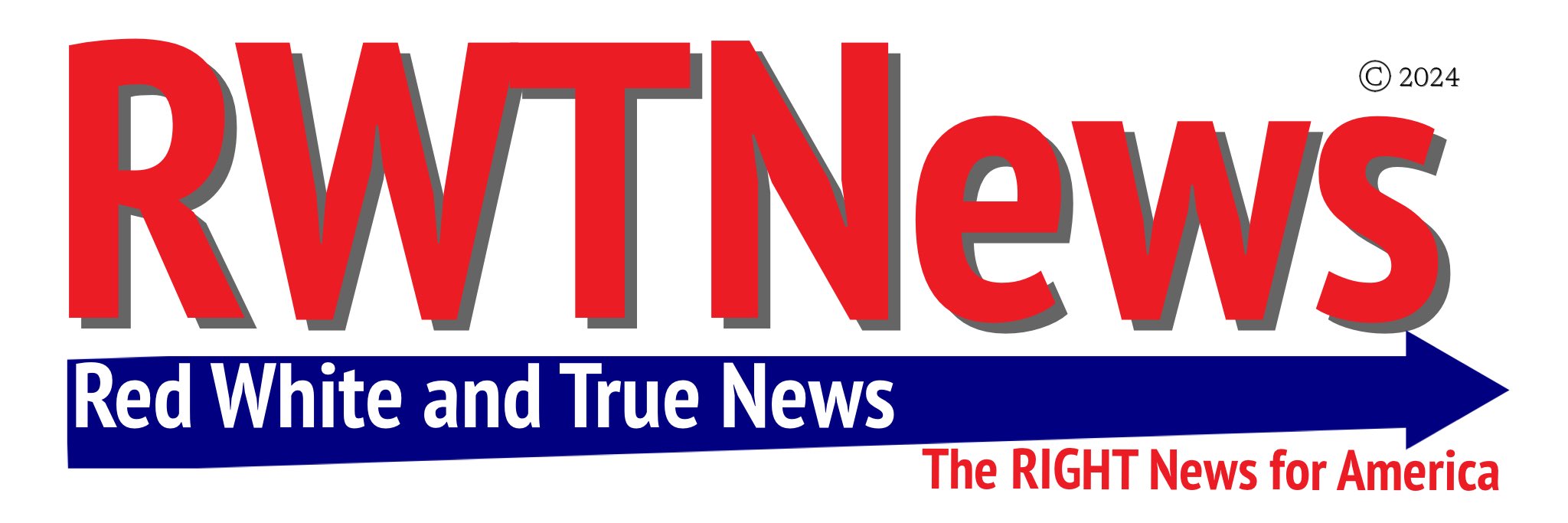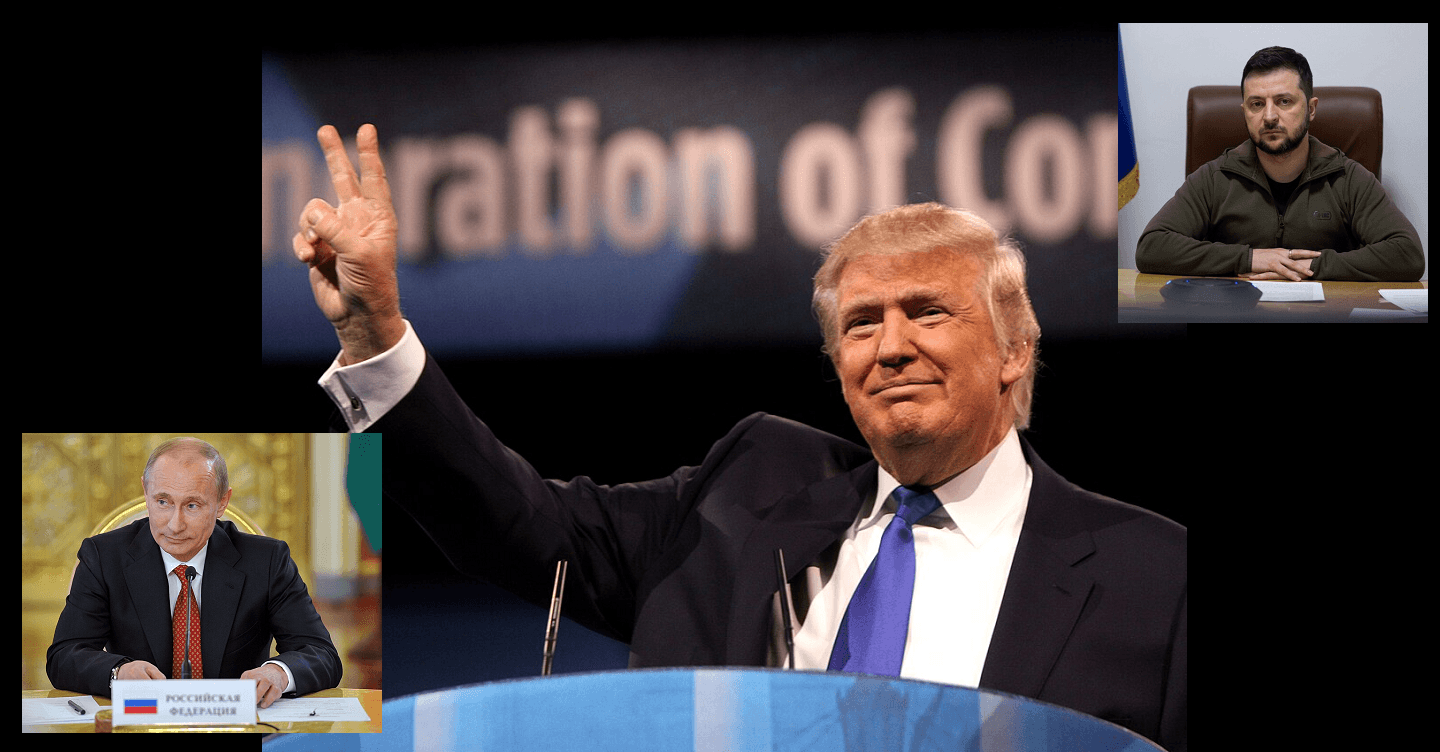
World News / US News
Ukraine Peace Negotiations Advance but Can They Make it Over the Finish Line?
From the start of the war until now: An overview of how and why it got started, where things stand today and prospects for potential peace.
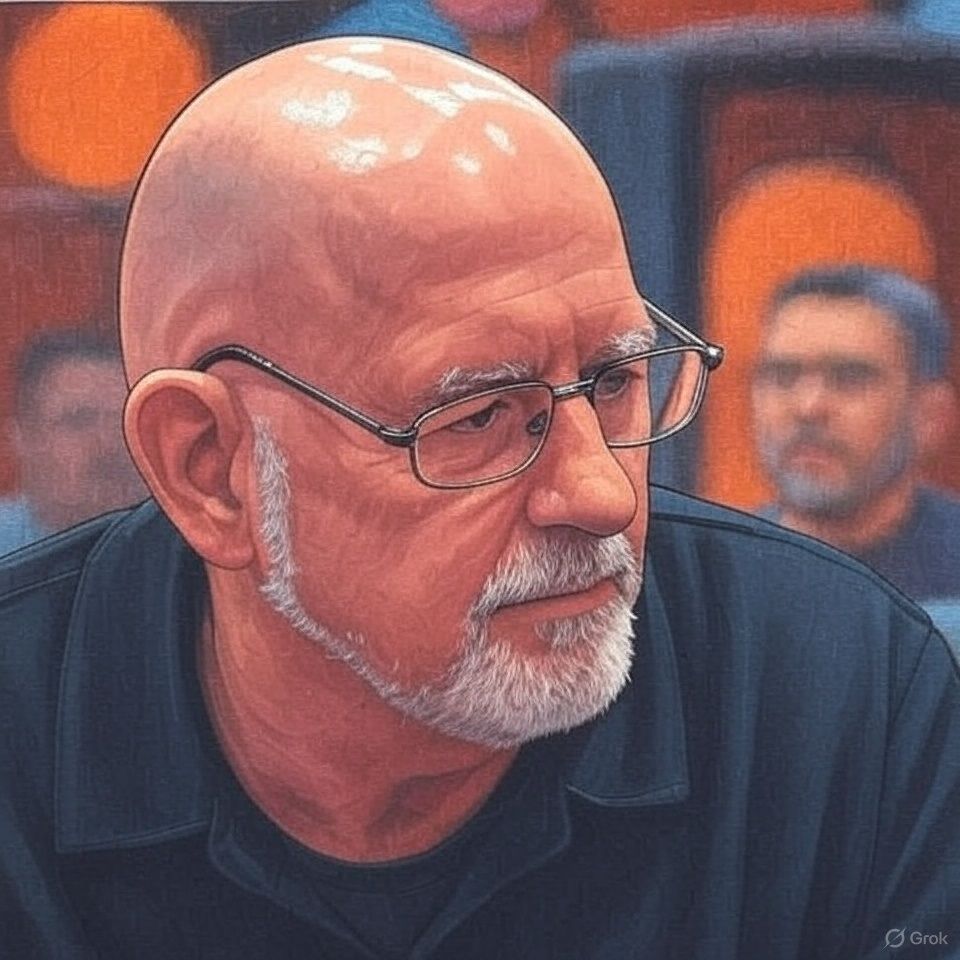
Tommy Flynn
August 17, 2025 - Efforts to broker a lasting peace in Ukraine are intensifying, with President Trump's recent summit with Russian President Vladimir Putin yielding tentative progress toward a deal, though deep divisions over territory and security persist. As Ukrainian President Volodymyr Zelenskyy prepares for a White House meeting on Monday, European leaders are mobilizing to ensure Kyiv's voice shapes any agreement, amid calls for strong guarantees against future Russian aggression.
The conflict, now in its fourth year, has claimed hundreds of thousands of lives, displaced millions, and strained global economies through disrupted energy supplies and inflation. President Trump's America First approach prioritizes ending the bloodshed swiftly, contrasting with the previous administration's prolonged aid commitments that drained U.S. resources without resolution.
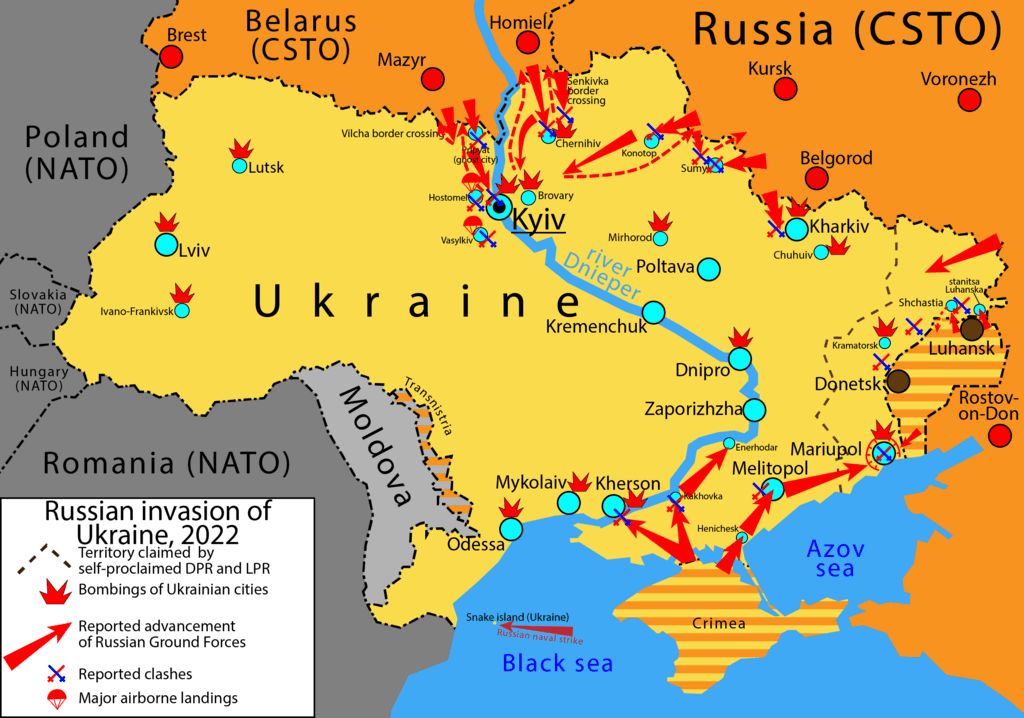
Origins of the War: From Tensions to Invasion
The roots trace back to 2014, when Russia annexed Crimea following Ukraine's Euromaidan Revolution, which ousted pro-Russian President Viktor Yanukovych. Moscow then fueled separatism in the eastern Donbas region, leading to a low-intensity conflict that killed over 14,000 before escalating. Putin justified the full-scale invasion on February 24, 2022, as a "special military operation" to "denazify" Ukraine, protect Russian speakers, and halt NATO's eastward expansion—claims dismissed as pretexts for imperial ambitions.
Ukraine, viewing the assault as unprovoked aggression, mobilized its forces with Western backing. Early Russian advances stalled against fierce resistance, but Moscow secured control over Crimea and parts of Donetsk, Luhansk, Kherson, and Zaporizhzhia—about 20% of Ukraine's territory. The war exposed vulnerabilities in global security, with Russia's nuclear threats deterring direct NATO intervention.
Global Involvement: Aid, Sanctions, and Diplomatic Stalemate
The international response has been multifaceted. The U.S., under Biden, funneled over $200 billion in military and economic aid, enabling Ukraine to reclaim some ground in 2022-2023 counteroffensives. NATO allies, including the UK, Germany, and Poland, contributed weapons and training, while imposing sweeping sanctions that isolated Russia's economy. Europe, dependent on Russian gas, faced energy crises but diversified supplies.
China and India emerged as key buyers of discounted Russian oil, blunting sanctions' impact. The UN General Assembly repeatedly condemned Russia, but Security Council vetoes by Moscow blocked enforcement. Early talks in Istanbul in 2022 nearly yielded a draft treaty—Ukraine neutral, no NATO, security guarantees—but collapsed after the Bucha massacre revelations and disagreements.
By mid-2025, battlefield fatigue set in: Ukraine grappled with manpower shortages and stalled aid, while Russia endured high casualties in attritional warfare. Public opinion shifted, with Gallup polls showing 69% of Ukrainians favoring quick negotiations, up from 22% in 2022. In Russia, support for talks hovered around 57%.
Recent Breakthroughs: The Alaska Summit and Shifting Priorities
President Trump's election reignited diplomacy. Threatening 100% tariffs on Russian exports and secondary sanctions on buyers like China and India, he demanded a ceasefire by August 8 or face penalties. Instead, he hosted Putin in Anchorage, Alaska, on August 15 for a historic 2.5-hour summit—the first U.S.-Russia presidential meeting since the invasion.
No immediate ceasefire materialized, but both leaders hailed "productive" discussions. President Trump pivoted from truce demands to a broader peace framework, aligning with Putin's preferences. Sources indicate Putin proposed Russia retaining full control of Donetsk and Luhansk, freezing front lines elsewhere, and Ukraine adopting permanent neutrality with military limits. In exchange, Moscow would halt offensives and discuss prisoner swaps.
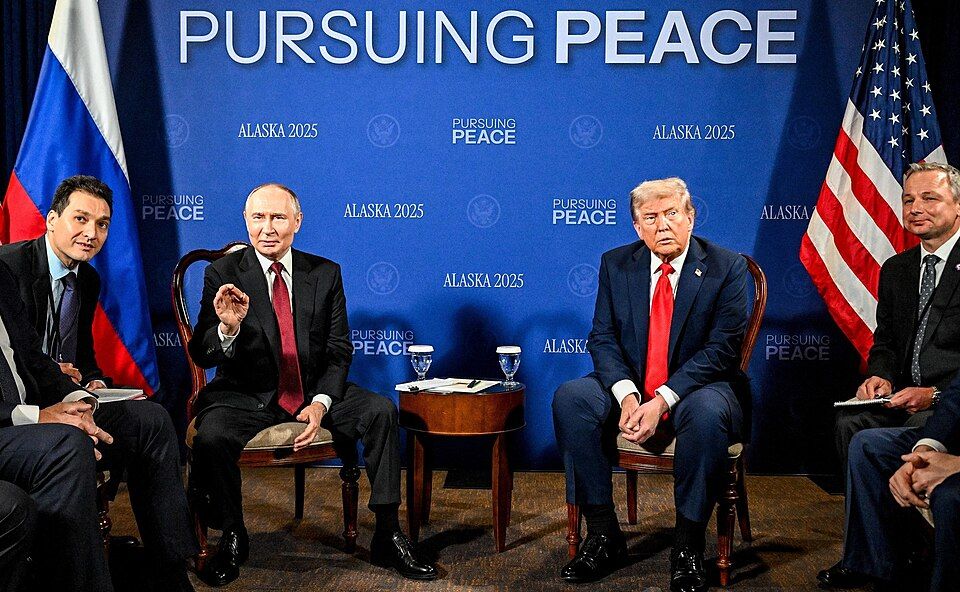
President Trump reportedly endorsed ceding unoccupied Ukrainian territory to secure an end, urging Zelenskyy to compromise. "Putin wants more of Ukraine," he conveyed, per sources, emphasizing a deal's urgency. This marks a departure from Biden-era insistence on full withdrawal, reflecting President Trump's focus on halting U.S. funding outflows—over $50 billion annually—and preventing escalation.
Post-summit, President Trump briefed European leaders, floating U.S.-backed, NATO-like security guarantees for Ukraine, potentially involving a "Coalition of the Willing" for rapid response forces. Italy proposed a similar model, excluding frontline deployments.
Upcoming Meetings: Zelenskyy in Washington, Europeans Join the Fray
Monday's White House talks with Zelenskyy are pivotal. President Trump aims to align Kyiv with the framework, possibly scheduling a trilateral summit if progress holds. European heavyweights—UK's Keir Starmer, France's Emmanuel Macron, Germany's Friedrich Merz, Poland's Donald Tusk, and EU's Ursula von der Leyen—may attend or join virtually, insisting "no decisions on Ukraine without Ukraine."
Tusk, after consulting Zelenskyy, suggested a freeze "sooner rather than later," while cautioning against rewarding aggression. Merz advocated swift trilateral talks post-Monday, viewing them as superior to fragile ceasefires. Nordic-Baltic nations reaffirmed support, demanding no Russian veto on Ukraine's EU/NATO path.
Potential venues for expanded talks include Europe or the Middle East, with Turkey offering mediation.
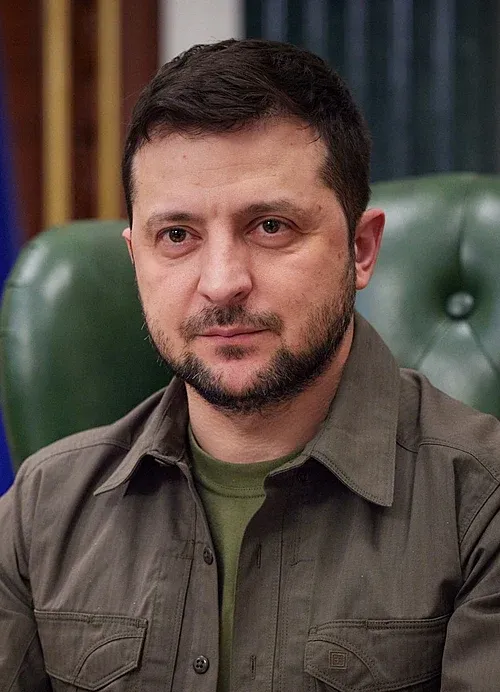
Leader Statements: Unity on Pressure, Discord on Terms
Zelenskyy remains steadfast: Russia must withdraw fully, return abducted children and prisoners, and face justice. "Decisions about territory must not be made without Ukraine," he stated, rejecting concessions as capitulation. He welcomed European pledges but urged more sanctions, calling Putin's bluff on economic resilience.
Putin demands de facto recognition of gains, demilitarization, and denazification—terms Kyiv deems surrender. He dismissed European input as "insignificant" but engaged constructively in Alaska.
President Trump praised the summit as "very useful," warning of "severe consequences" if Russia stalls. He highlighted shared goals but noted unresolved issues, like territorial swaps for mutual benefit.
European leaders unified in a joint statement: "Stand firmly with Ukraine," demanding pressure on Russia and credible guarantees. Macron stressed Europe's stake: "Ukraine's future cannot be decided without Ukrainians." Starmer echoed openness to diplomacy but prioritized Kyiv's sovereignty. Von der Leyen emphasized removing sanctions only with ironclad peace.
China's Xi Jinping pledged to "promote peace talks," while India's Modi debriefed with Putin on balanced resolutions.
Challenges and Prospects: Territorial Demands vs. Security Assurances
Positives abound: Renewed dialogue thaws relations, President Trump's leverage via tariffs pressures Moscow, and hybrid guarantees could deter future invasions without full NATO membership. Humanitarian agreements—prisoner exchanges, body repatriations—build trust.
Yet impasses endure. Putin's insistence on Donetsk and beyond clashes with Zelenskyy's red lines, risking domestic backlash in Ukraine. Europeans fear a deal "over their heads," potentially emboldening Russia. Battlefield realities—Russia's gains in Donbas, Ukraine's Kursk incursion—complicate freezes.
If Monday yields alignment, a comprehensive accord could emerge by fall, saving lives and stabilizing markets. Failure might prolong attrition, underscoring the need for bold compromises. President Trump's mediation offers hope, but true peace demands addressing root insecurities without rewarding invasion.
